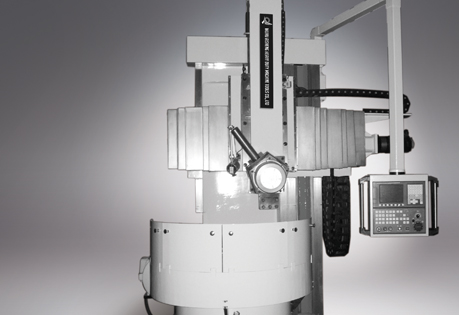Operating Skills and Experience of CNC Lathe
Ⅰ. Programming skills of CNC lathe
Because of the high accuracy requirements of products, we need to consider the following points when processing sequence of parts:
1. Drill first and then flat end (this is to prevent shrinkage when drilling).
2. Rough turning first, then fine turning (this is to ensure the accuracy of parts).
3. Processing the parts with large tolerance range first, and then the parts with small tolerance range (this is to ensure that the parts with small tolerance range is not scratched and to prevent the deformation of the parts).
Ⅱ. Debugging skills of CNC lathe
After the parts are programmed, the tool needs to be trial cut and debugged, in order to prevent errors in the program and in the tool setting, which may cause collision accidents. We should first carry out idle stroke simulation processing by moving the tool to the right by 2-3 times the total length of the part in the coordinate system of the machine tool. After the simulation processing is completed, confirm that the program and tool setting are correct, and then start processing the parts. Then start the simulation processing. After the simulation processing is completed, confirm that the program and tool setting are correct, and then start processing the parts. After the first part is processed, it needs to conduct self-inspected to confirm that it is qualified, and then followed by the professional inspection. The debugging is finished when the professional inspection is confirmed to be qualified.
Ⅲ. Processing of CNC lathe parts
After the first trial cut is completed, the parts will be mass produced. However, the first piece qualified does not mean that the whole batch of parts will be qualified, because the tool will wear out for using different materials during the process. The softer the processing material, the smaller the tool wear. The harder the processing material, the faster the tool wear. Therefore, during the machining process, it is necessary to check frequently for CNC lathe companies, by increasing and decreasing the tool compensation value in time to ensure that the parts are qualified.
Ⅳ. Main reasons for the collision of CNC lathe:
1. Input error of the diameter and length.
2. Input error of the size of the workpiece and other related geometric dimensions, and the error of initial position of the workpiece.
3. Coordinate system setting error of the machine tool, or reset of the zero point of the machine tool. Most machine tool collisions occur during the rapid movement of the machine tool. The collisions that occur at this time are also the most harmful and should be absolutely avoided. Therefore, the operator should pay special attention to the machine tool in the initial stage of executing the program and the time when the machine tool is changing the tool. At this point, once the program is edited incorrectly with input error of the diameter and length of the tool, collisions are most likely to occur. At the end of the program, if the NC axis retracts the tool in a wrong sequence, collisions may also occur.
-

Preparation and Maintenance of CNC Horizontal Boring Milling Machine Oil Change
What Preparations Need to Be Done for CNC Horizontal Boring Milling Machines?In recent years, industrial development cannot do without the application of various machine tools and equipment. After yea... -

Green Precision: Sustainable Practices with Automated Milling in Eco-Friendly Production.
In the modern era, sustainability has become a pressing concern for industries all around the world. With the ever-increasing focus on environmental conservation, businesses are constantly seeking inn... -

Characteristics and Advantages of Single-Column Vertical Lathe
What is a Single Column Vertical Lathe?A single column vertical lathe is a type of lathe, specifically a versatile ordinary lathe from the vertical lathe series. It is suitable for machining various s...





